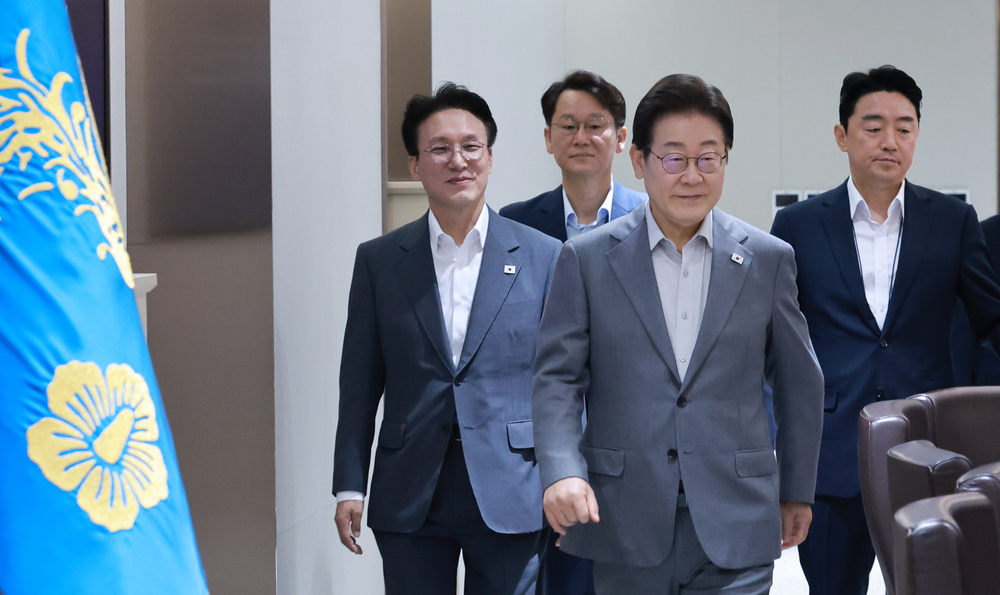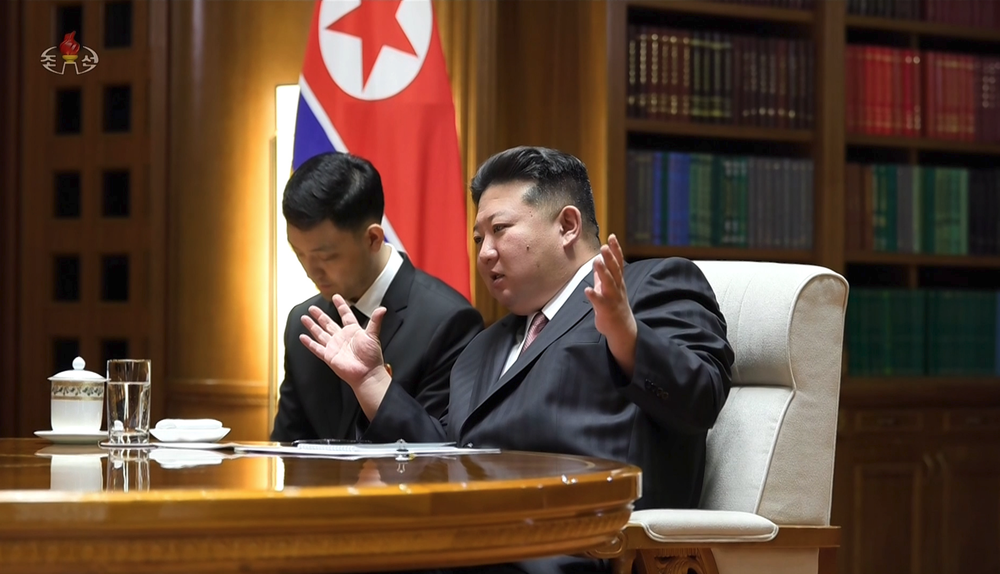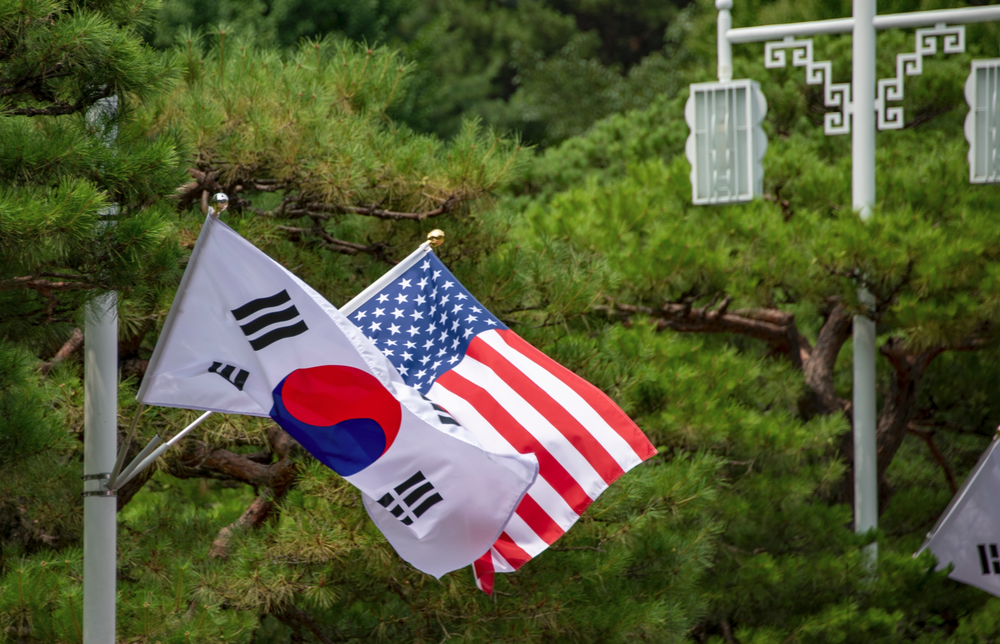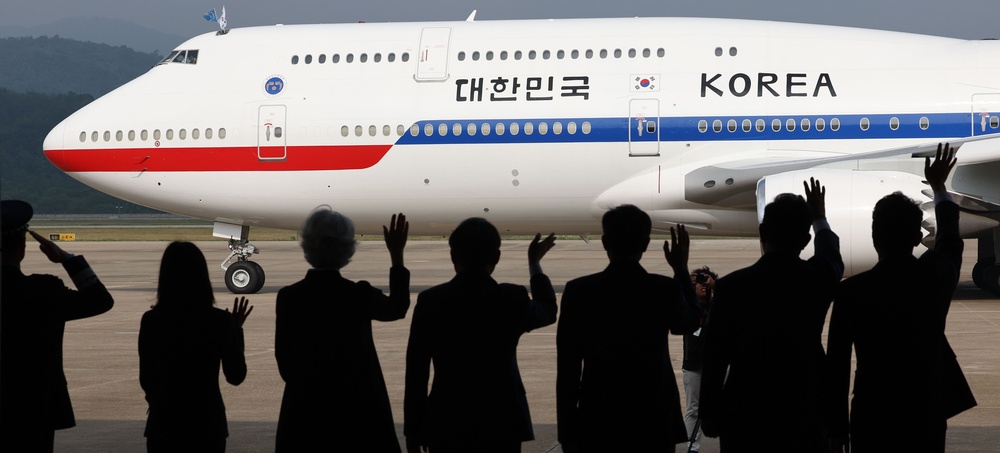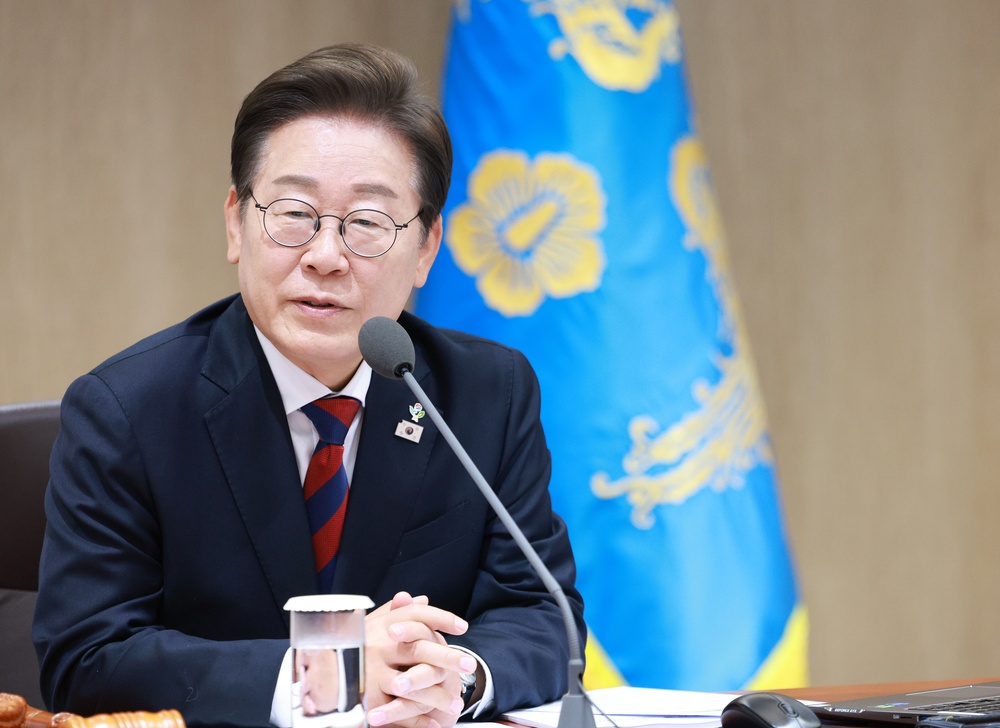- #South Korea
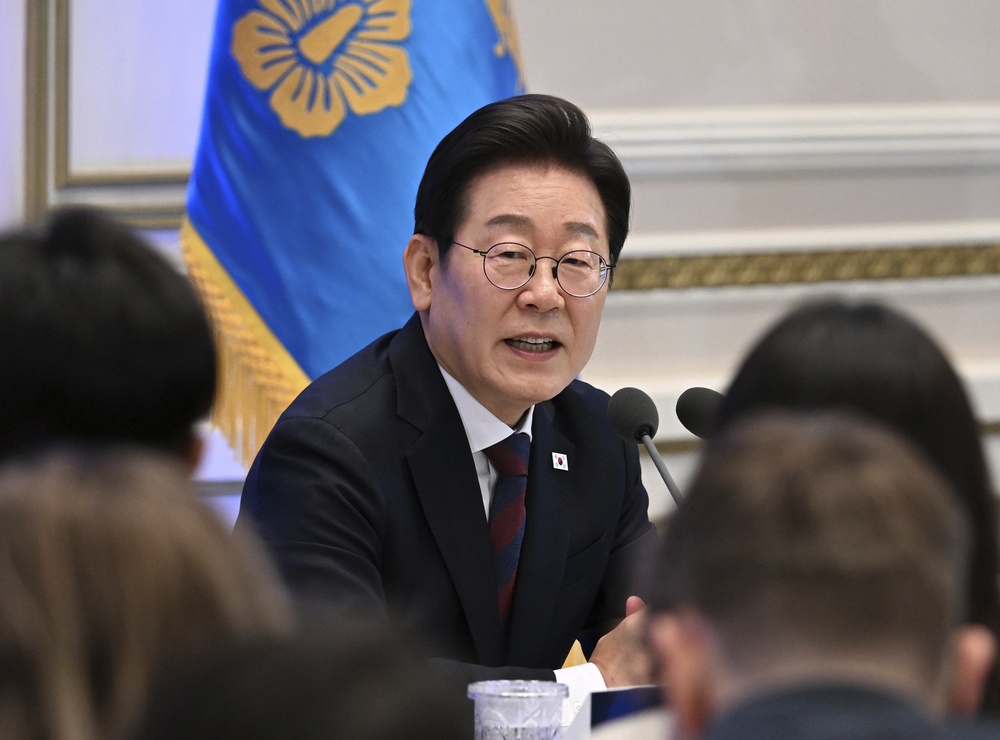
► President Lee Jae-myung enters office amid deep domestic polarization and global uncertainty, and his early restraint from political retaliation suggests a pragmatic leadership style focused on restoring democratic trust.
►He must navigate strained U.S.-ROK relations, manage rising defense and nuclear debates, and maintain delicate ties with China and Japan while balancing alliance commitments and regional security dynamics.
►Lee has the opportunity to position South Korea as a forward-looking middle power by investing in defense, green technologies, and regional diplomacy beyond the U.S., aligning with his broader economic and strategic goals.
President Lee Jae-myung takes the helm of South Korea at a time of significant disruption, inheriting a fractured social and political landscape at home, a new foreign policy challenges abroad. By any measure, President Lee’s top priority will be shoring up the country’s democratic institutions and rebuilding the social trust that was damaged during the domestic political crisis that was brought on by an ill-fated declaration of martial law and subsequent impeachment of his predecessor, former President Yoon Suk Yeol. While South Korean democratic institutions largely held during this remarkable period of domestic tumult, Lee faces the difficult task of leading a highly polarized electorate. Thus far, he has refrained from carrying out acts of political retribution against his staunchest adversaries, including Yoon himself, which could signal a welcome departure from South Korean politics-as-usual.
Lee also must navigate newly complex foreign policy dynamics. Questions about the future of South Korea’s relationship with its only treaty ally, the United States, are one again at the forefront due to President Trump’s tariff policies, and his longstanding skepticism about South Korea’s defense spending and the value of continued presence of U.S. forces on the Peninsula.
In this moment of domestic and global uncertainty, President Lee seems inclined to put pragmatism over idealism, and he would be wise to preserve the strategic anchors that have enabled South Korea’s security and prosperity, carefully manage contentious foreign policy issues, and look for opportunities where South Korea can lead as a capable and responsible middle power.
Preserve Strategic Anchors: The U.S.-ROK Alliance and U.S.-ROK-Japan Cooperation
With the pause on Trump’s “reciprocal” tariffs expiring on August 1, 2025, the most pressing decision facing the Lee Administration is how to manage Seoul’s relationship with Washington. When former President Yoon visited Washington in 2023, he declared to a joint session of Congress that the U.S.-ROK alliance was “stronger than ever.” Just two years later, while the majority of South Koreans still view the U.S. positively according to a Pew Research report released last month, there has been a double-digit drop in that support. Trump’s transactional approach to the alliance undoubtedly contributes to this trendline.
Although Lee has at times questioned the degree to which Washington’s and Seoul’s interests are truly aligned, he would be wise to continue to invest in the U.S.-ROK alliance, as it has been an indispensable avenue for deterring North Korean aggression and advancing technological and military capabilities in the face of growing threats from the People’s Republic of China (PRC). The alliance has also plainly contributed to increased economic prosperity on both sides of the Pacific: the U.S.-Korea Free Trade Agreement (KORUS) is, by volume, the second largest U.S. trade agreement by trade flows. South Korea has doubled its investment in the U.S. economy since 2014, reaching $76.7 billion in 2023. Although relationship between Washington and Seoul was notably rocky during the first Trump administration, politicians from Korea’s progressive party successfully navigated Washington at that time, and could undoubtedly do so again, bolstered by persistently strong domestic support for the alliance, as evidenced in both the Korean National Assembly and the U.S. Congress.
The Lee administration would also be wise to continue its participation and investment in trilateral defense cooperation with the United States and Japan. This is easier said than done, given Lee’s political pressures at home, but the new administration should resist the urge to inflame domestic tensions between South Korea and its former colonial ruler. The Yoon administration took significant and unexpected strides to repair ties between Seoul and Tokyo and to facilitate deeper cooperation, which has practical benefits for Korea’s security and was praised by officials of both parties Washington, who saw deeper cooperation between their Northeast Asian allies as an important aspect of Indo-Pacific security architecture. Participation in the trilateral efforts also paves the way for deeper defense industrial integration between the United States and Korea in ways that could ultimately benefit Korean industry.
Manage Contentious Issues: China, Nukes, Defense Spending
One of the most contentious issues that the Lee administration will need to address is now to navigate the relationship with the PRC, where Lee appears inclined to be more pragmatic and less confrontational. Beijing undoubtedly sees an opportunity to recalibrate the relationship, following the Yoon administration’s broad-based efforts to cultivate closer ties with the United States. Lee seems to favor a more pragmatic approach to China, but may rightfully be cautious about undercutting Washington’s policies toward Beijing, particularly related to semiconductors, which have historically comprised the lion’s share of South Korean exports to China by value. Not only would this draw Washington’s ire, but it could also undermine President Lee’s economic vision to place Korea at the helm of the digital industries of the future. Lee likely desires Beijing’s support for improving inter-Korean ties, but should also recognize that, while Beijing is still important to Kim Jung Un, Chinese leaders have less influence in Pyongyang than they once did, due to Russia’s overtures and use of cryptocurrency to bypass the global financial system and reduce the impact of sanctions. Additionally, while still significant, and the downward trends in Korean foreign direct investment (FDI) outside of semiconductors have been motivated as much by rising costs and the difficult business environment in China as they have been about diversifying supply chains.
With the breakdown of consensus over North Korea on the United Nations Security Council, it seems likely that policy change is on the table and any progressive administration in Seoul would seek warmer relationships with the North. At the same time, with declining trust in the U.S. commitment to extended nuclear deterrence, and the growing sophistication and diversity of the North Korean nuclear program, discussions about developing an independent South Korean nuclear defense capability are becoming more forthright in Korean politics. The Lee administration would be wise to resist the urge to move forward with nuclearization, however, not least because it risks setting off a nuclear arms race across the Indo-Pacific that South Korea can ill afford.
Lee need only look to recent Trump administration engagements with Japan and with NATO members to recognize that it too will face growing pressure from Washington to increase defense spending, which current stands around 2.5% of South Korea’s GDP. Although Lee’s political constituency might not welcome defense spending growth, Seoul should consider increasing this figure not simply because Trump officials are asking them to, but because there may be both direct and ancillary benefits to South Korea. Increasing investment in indigenous defense technologies—such as missile systems, naval capabilities, and AI-powered surveillance—would strengthen deterrence but also create new opportunities over the longer term for exports in the global arms market, where Korea has shown itself to be a successful new entrant. Lee could consider leveraging South Korea's robust manufacturing base and innovation ecosystem to build a more robust export-oriented defense sector at a time when allies in the Indo-Pacific and Europe are increasing their own defense budgets in response to increasing regional and global instability.
Doing so would also help ease tensions with Washington, as Trump has made clear his perennial interest in seeing Seoul increase defense spending and its contribution to the maintenance of U.S. forces in Korea. While Trump’s expectations may be overblown, these investments are in Korea’s interest if it can use these them to deepen its own defense industrial base and—as NATO countries have done—take advantage of some creative accounting to show that it is ramping up investments in defense-adjacent areas such as critical infrastructure, cybersecurity, and civil preparedness.
Create Opportunities
Ultimately, President Lee should also consider how and where South Korea can differentiate itself in a time of global uncertainty. In addition to its defense industrial base, and its semiconductor industry, Korea’s comparative advantages are particularly evident in green technologies. This has positioned Korea to be a leading producer to European and Indo-Pacific markets, even at a time when Washington is demonstrating a willful ignorance about the need for greater clean energy investments and partnerships.
There is no doubt that Korea will face pressure to appease President Trump on a wide range of issues, and look for opportunities to provide—and publicize—its foreign direct investment into the United States. But President Lee should look beyond Washington and use this moment to deepen some of the regional ties that his predecessors successfully forged. This means leaning into Korea’s geopolitical and economic advantages by promoting itself as a democratic middle power that is part of the broader Western technology ecosystem, and one that can shape and benefit from the evolving Asian trading order through its roles in the G7, APEC, and ASEAN+3. President Lee’s leadership comes at a challenging moment for Korea and for the world, but by preserving the foundations of Korean security, careful management of contentious issues, and opportunistic creativity, he has the opportunity to put the nation on firm footing in ways that can resonate with his own economic and political priorities.
Jennifer Hendrixson White is an expert on national security issues related to China and the Indo-Pacific, international economics, artificial intelligence and emerging technology. She served in senior positions across the U.S. government from 2010 to 2025, working on a range of Asian security, economic, and technology issues at the State Department, the U.S. Mission to the United Nations, the U.S. House of Representatives, and the U.S. Senate, as well as at the Pentagon, USINDOPACOM, and the National Security Council. Ms. White is an Adjunct Senior Fellow at the Center for New American Security and the Founder and Managing Partner of Scalare Advisors. Jennifer earned a Master of Arts degree from the Johns Hopkins School of International Studies, where she focused on China, Southeast Asia and International Economics.
